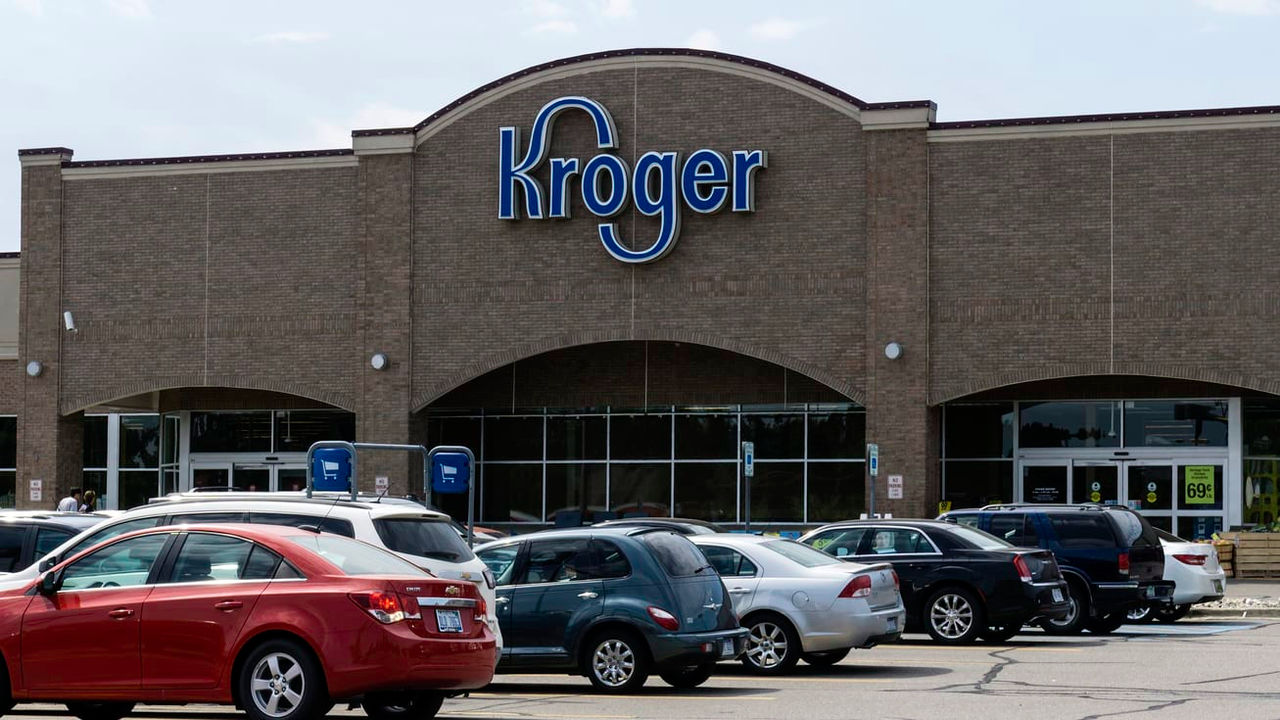A lawsuit filed last year against Kroger Co. and two of its managers for the wrongful death of a worker who died by self-inflicted wounds in March 2021 challenges a long-held "suicide rule" in Ohio dating to 1983.
The rule "prevents placing legal blame on a person or institution for death caused by suicide," Business Insider reported Dec. 2.
The lawsuit filed by the worker's father notes that 40-year-old Evan Seyfried—who worked for Kroger in Milford, Ohio, for 19 years, where he was the dairy manager—had no prior history of severe mental health concerns. It accuses Kroger Co. and two of its managers of "driving an employee to death by suicide by creating 'disturbing, dangerous and deranged conditions.' "
Protests were planned earlier this year, on the one-year anniversary of Seyfried's death, to demand Kroger Co. take responsibility, WCPO-TV reported.
SHRM Online collected the following news articles on workplace-related suicide and the employer's role in suicide prevention.
A Kroger Worker Killed Himself. His Family Is Suing, Testing the 'Suicide Rule'
The case against Kroger has emerged as more Americans struggle with despair: A record 48,344 people took their own lives in 2018, and the country is grappling with suicide rates that have climbed for decades. The case against Kroger and its managers may test an Ohio legal precedent that has stood for more than three decades. How Kroger resolves this case could influence employment across the country.
One Year Later: Friends and Family of Kroger Employee Driven to Suicide Want Justice
This is a transcript of a podcast episode that checks in with Evan Seyfried's father Ken; his brother Eric; his girlfriend Amy; representatives of the Justice for Evan Coalition; and Austin LiPuma, the attorney representing the Seyfrieds in their lawsuit against Kroger.
How to Spot Suicidal Behaviors in the Workplace
Nearly 46,000 people in the U.S. died by suicide in 2020, according to the Centers for Disease Control and Prevention. An additional 12.2 million adults seriously contemplated suicide, 3.2 million planned a suicide attempt, and 1.2 million attempted suicide.
Robert Bogue, whose son Alex took his own life, said that the influence of the workplace on suicide has yet to be widely researched, but that organizations can play a significant role in supporting their employees' mental health and referring them to life-saving resources.
Workplace Help May Be Key to Preventing Suicide
A report by the American Foundation for Suicide Prevention and United Suicide Survivors International showed that employers don't want to talk about suicide. But the workplace may be the best place to reach the demographic most at risk: middle-aged men.
"Most of these men have never had any contact with mental health services," said Dr. Sally Spencer-Thomas, lead author of the report, who co-founded United Suicide Survivors International. "The workplace, thus, is the most cross-cutting system we have to intervene."
What Employers Need to Know About Suicide Prevention
Research suggests that leaders and managers must first recognize the workplace predictors of suicide, then create a respectful and inclusive work environment, learn to identify employees who might be at risk, and create a plan to take action. In cases where an employee dies by suicide, ensure you can offer psychological first aid, crisis intervention, and both short-term and long-term support to the employee's co-workers.
The Role of Co-Workers and Managers in Preventing Suicide in the Workplace
This brief sheet provides basic information to help employees and managers recognize and respond to their co-workers who may be suicidal or at high risk. It also contains a list of relevant resource materials and organizations.
An organization run by AI is not a futuristic concept. Such technology is already a part of many workplaces and will continue to shape the labor market and HR. Here's how employers and employees can successfully manage generative AI and other AI-powered systems.




